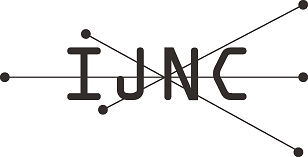An Extended PRAM-NUMA Model of Computation for TCF Programming
Abstract
The main problems with current multicore architectures are that they are difficult to program due to the asynchrony of the underlying model of computation and that the performance is weak with many parallel workloads due to architectural limitations. To address these problems we have introduced the Parallel Random Access Machine - Non Uniform Memory Access (PRAM-NUMA) model of computation that can be used to implement efficient shared memory computers for general purpose parallel applications with enough parallelism and yet support sequential and NUMA legacy code and avoid loss of performance in applications with low parallelism. While programming of computers making use of the PRAM-NUMA model is provably easy, there is still room for improvement since they make implementing time-shared multitasking expensive, sometimes replicate much of the execution unnecessarily, and force the programmer to use looping and conditional control primitives in the case the application parallelism does not match the hardware parallelism. Thick Control Flow (TCF) is a parallel programming model that does not provide a fixed number of threads like PRAM-NUMA but a number of control flows that have certain thickness that can vary according to needs of the application catching the best parts of the dynamicism and generality of the original unbounded PRAM model and simplicity of the Single Instruction Stream Multiple Data Streams (SIMD) model. In this paper we study the possibility to implement the TCF model on top of the PRAM-NUMA model and propose an extended PRAM-NUMA model that makes this straightforward. A number of variants of the extended model are identified and tied to existing execution models. Architectural implementation techniques and programming of the extended model and its variants are outlined and discussed with short examples.
Keywords
Full Text:
PDFRefbacks
- There are currently no refbacks.
